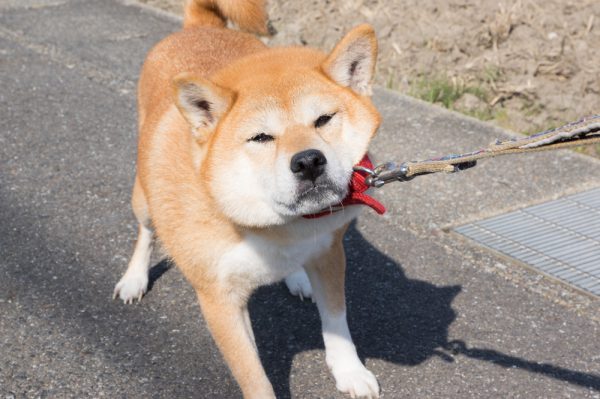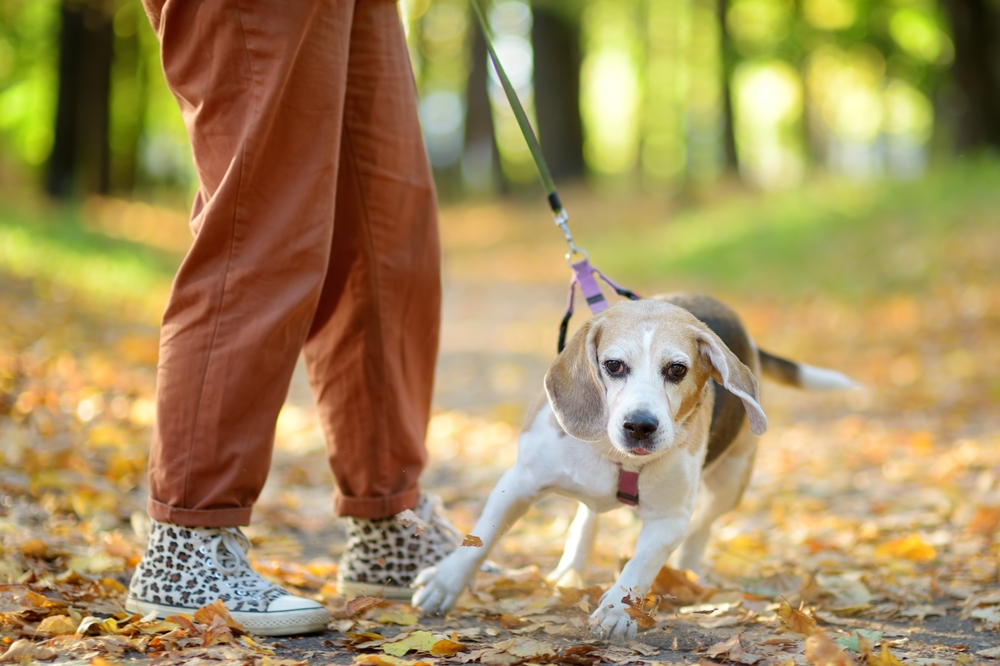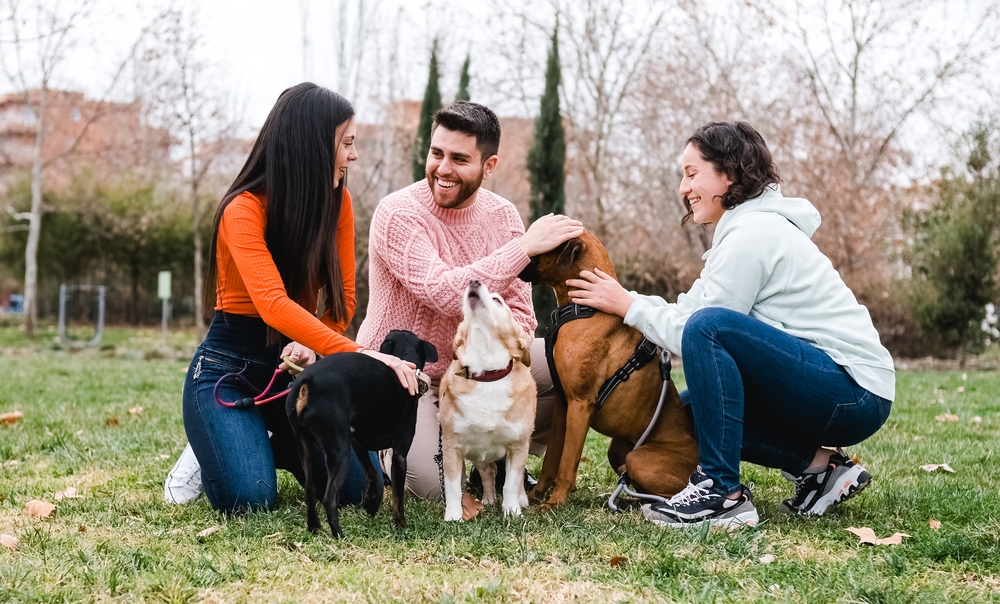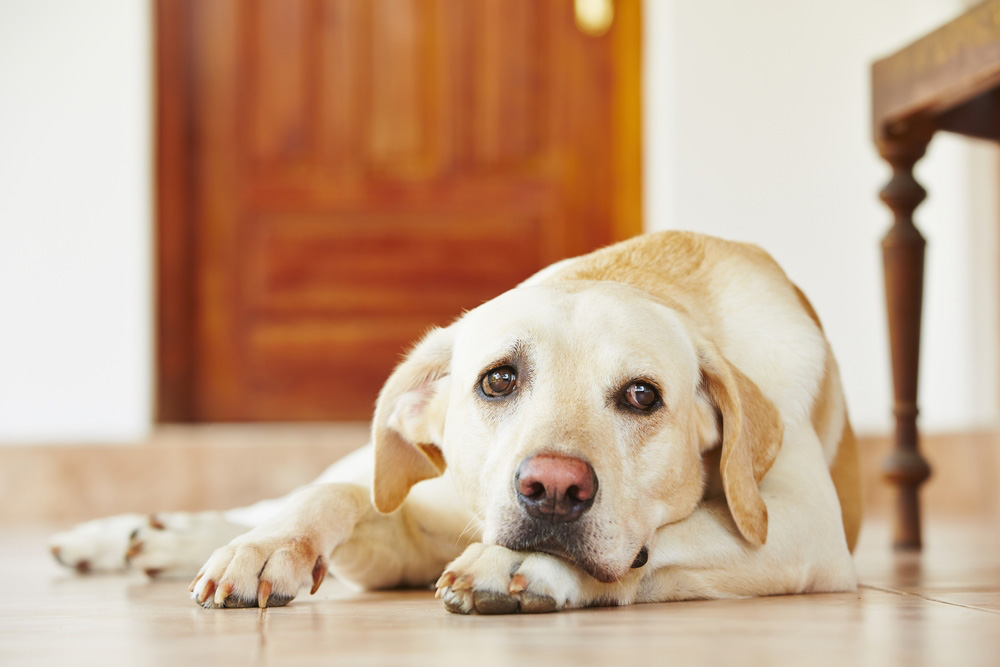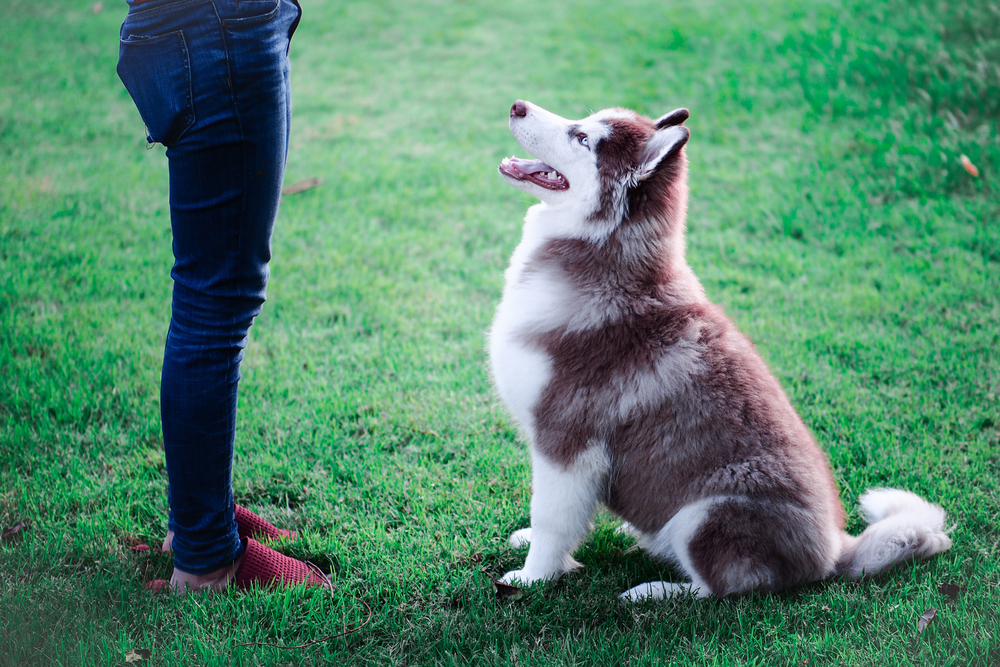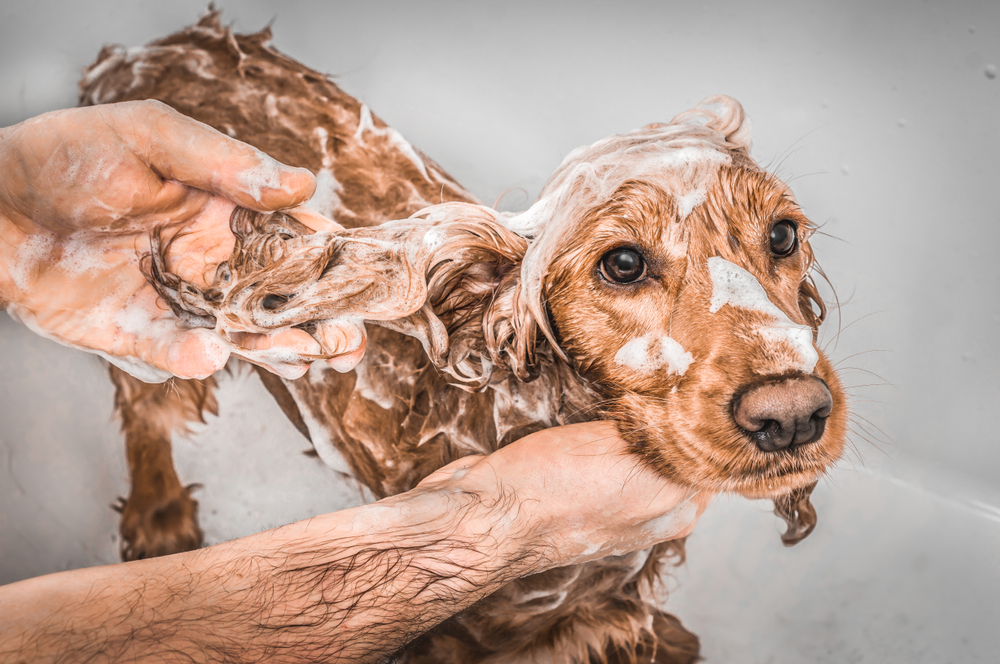Taking your beloved pup for a walk should be a pleasurable experience for both of you, right? So, what do you do when your lovely—and stubborn—canine friend appears to hate it? There are various reasons that your dog might not like going for walks, but with a bit of understanding and plenty of patience, you may be able to turn those reluctant strolls into pleasant excursions.
Let’s explore the most common reasons that your dog doesn’t seem to enjoy your daily walks as much as you do.

The 7 Reasons Why Your Dog Hate Walks
1. Pain
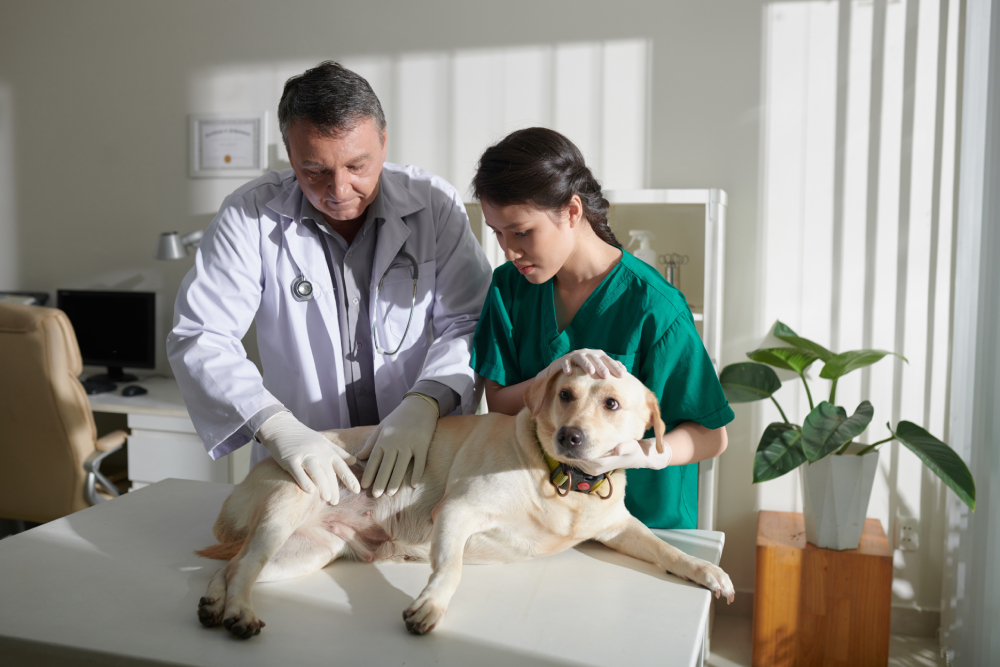
If your dog is extremely reluctant to go for a walk, your first move should be to consult with your vet. Indeed, a dog that suddenly starts hating walks when they used to enjoy them could indicate that they’re in pain, maybe because of an underlying medical issue. Pain or discomfort caused by infections, conditions like osteoarthritis or joint disorders, and of course, injuries can make walking painful and unpleasant for your pet. In fact, even overgrown toenails can impact a dog’s willingness to walk.
Just like us, our canine companions can feel anxious, especially when certain things during walks make them uneasy. For example, if a dog gets scared by a loud truck or a barking dog behind a fence, they might start to dislike going for walks because they connect it with those scary moments. These experiences can leave a lasting impact, causing the dog to associate walks with stress, fear, and anxiety. This is closely related with anxiety or fear but often in more specific instances. If your dog has had unpleasant experiences during walks, such as encountering aggressive canines or experiencing discomfort due to extreme weather conditions, they may develop negative associations with outdoor walking. This may be especially true of certain routes or weather conditions. So, your dog might not hate walks all the time, just walks in certain areas or times of the day. Sometimes, a dog dislikes going out for a walk because they find their leash, harness, or collar uncomfortable. Indeed, ill-fitting or restrictive gear can cause discomfort and make your dog resistant to wearing them. It’s also possible that your pup doesn’t have much experience with leash walking yet due to particular circumstances. For example, a rescue dog may never have been walked due to their past experiences, so it may take more time for them to get comfortable with being on a leash. A dog may find walks overwhelming due to excessive stimulation from sights, sounds, and smells. This can lead to stress and reluctance to go on walks. Moreover, pups that move from a rural setting to a city environment might find the noise and crowds around them particularly challenging to navigate. Dogs that haven’t received adequate training or socialization may show signs of fear or anxiety during walks, particularly when encountering other dogs or unfamiliar people. If puppies miss out on crucial socialization during their early development, they might grow up feeling apprehensive about going for walks. It’s crucial for puppies to be gently introduced to new situations, environments, and individuals in short, positive sessions before they reach 3 months old. Without this exposure, they may feel overwhelmed by unfamiliar experiences and struggle to see the world as a welcoming place. This is uncommon, but your pup might just be too bored to go for a walk! If your dog seems to find walks boring or monotonous, you’ll need to spice things up for them. If you find yourself thinking, “I hate walking my dog,” it’s time to change that mindset and make walks enjoyable for both of you. Understanding the reasons for your dog’s aversion to walks and applying the right solutions can transform your reluctant pup into a happy, playful explorer. But if your faithful companion seems to take a long time to enjoy walks, don’t stress. It may take time and patience for them to feel comfortable. That said, first make an appointment with your vet to ensure that this hatred of walking is not related to something more serious. Stay consistent and persistent in your approach, and before you know it, your dog might even start bringing the leash to you when they’re ready for an adventure! Featured Image Credit: katsunori, Shutterstock
2. Anxiety or Fear
3. Negative Associations
4. Uncomfortable Gear
5. Overstimulation
6. Lack of Proper Socialization
7. Boredom
How to Get You and Your Dog Moving

Conclusion


